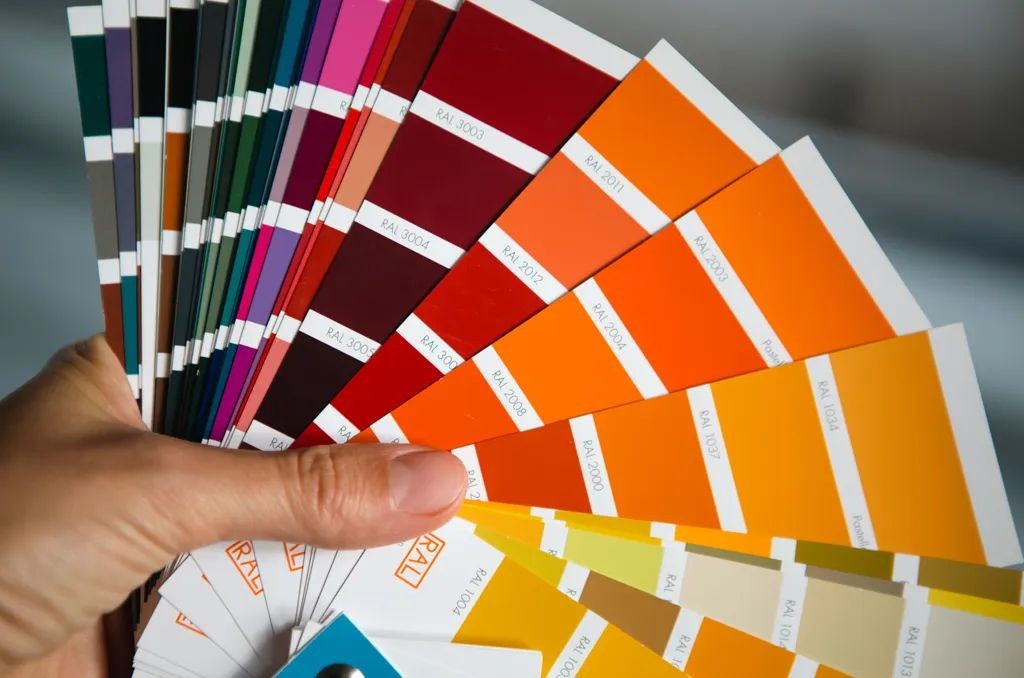What is RAL?
Published date: 05 April 2023

If you’ve ever tried to match a colour precisely, you’ll know how challenging it can be. Different manufacturers may use different names for similar shades, and even seemingly identical colours can look different depending on the lighting conditions. That’s where RAL colours come in. RAL is a colour standard used in Europe, which provides a universal language for communicating and identifying colours. In this blog post, we’ll explore what RAL is, how it works, and why it matters.
What are RAL colours?
RAL is a colour matching system that was first developed in Germany in 1927. The system was based on the one used in the printing industry: Pantone colours. It consists of a set of standardised colour charts that use four-digit numbers to identify specific colours. For example, RAL 3020 is Traffic Red and RAL 9005 is Jet Black.
RAL colours are used in a wide range of industries, from architecture and design to manufacturing and automotive engineering. They are also used in road safety, public services and government agencies.
RAL colour collections
There are several different RAL colour collections available, each with a different set of colours. The most commonly used collections is the RAL Classic, which contains 216 standard colours. The RAL Classic collection was first developed in 1927, then revised in the 1930s and in 1961.
In addition to the RAL Classic collection, there are other RAL collections available, including:
- RAL Design: Developed to meet the needs of designers, architects and advertisers. It contains 1825 colours.
- RAL Effect: Used for waterborne paints. It includes 420 solid colours and 70 metallic colours.
- RAL Plastics: Developed for use on plastic materials. It is composed of 300 colours.
RAL paint colours
One of the most common uses for RAL colours is in the manufacture of paint. RAL paint colours are used in a wide range of applications, from automotive finishes to architectural coatings.
RAL paint colours are manufactured by different companies, each of which has their own unique formulas and processes. However, all RAL paint colours are designed to match the standard RAL colour charts, ensuring consistency and accuracy across different manufacturers and suppliers.
Why do RAL colours matter?
The RAL colour system is the best way to ensure colour consistency in a wide range of applications. One of the primary advantages of using RAL colours is that they provide a universal language for describing colours. This makes it easy for both manufacturers and consumers to communicate exactly what shade they want. Each RAL colour has a corresponding code, meaning there is no confusion when it comes to matching colours between products or materials.
In conclusion, following the RAL colour standard is essential for anyone involved in colour-matching or colour communication. Whether you’re a designer, or a manufacturer, or you’re simply looking for the right shade of paint, RAL colours provide a universal language for identifying and communicating colours precisely and consistently.
At Conro Electronics, we’ll show you how to improve product reliability while increasing performance and lowering costs. Our team of technical support specialists will provide your company with dependable global supply, unrivalled efficiency, and superior technical support.
Feel free to contact us on 0208 953 1211 or send us an email to info@conro.com




Comments
There are currently no comments, be the first to comment.